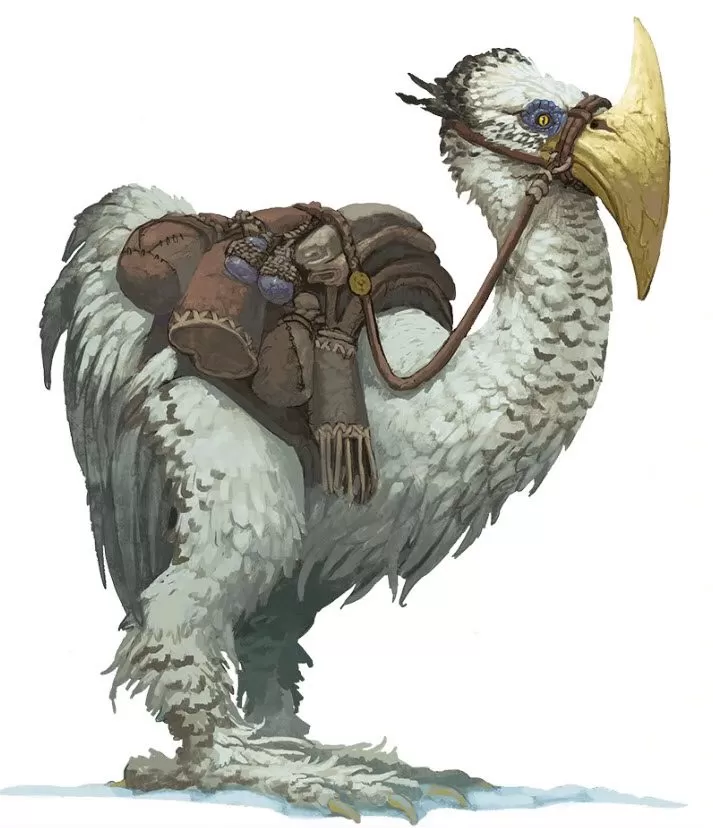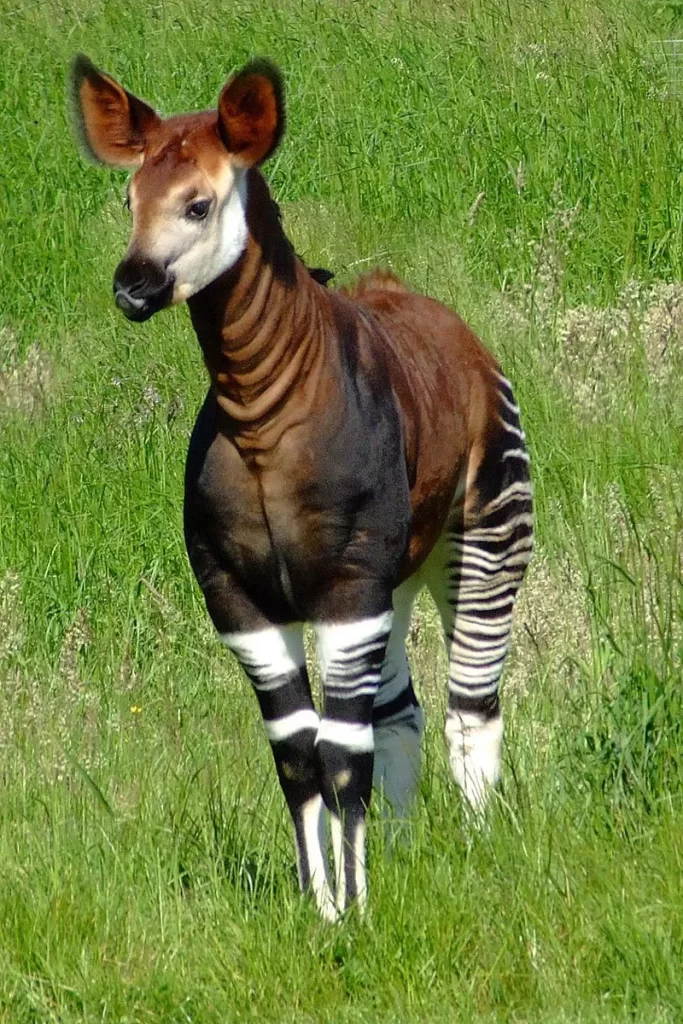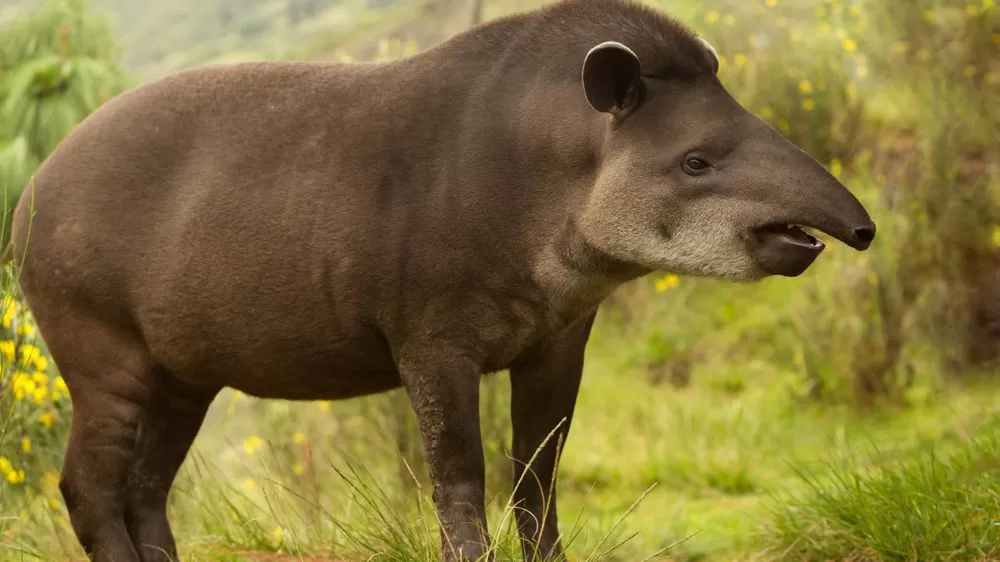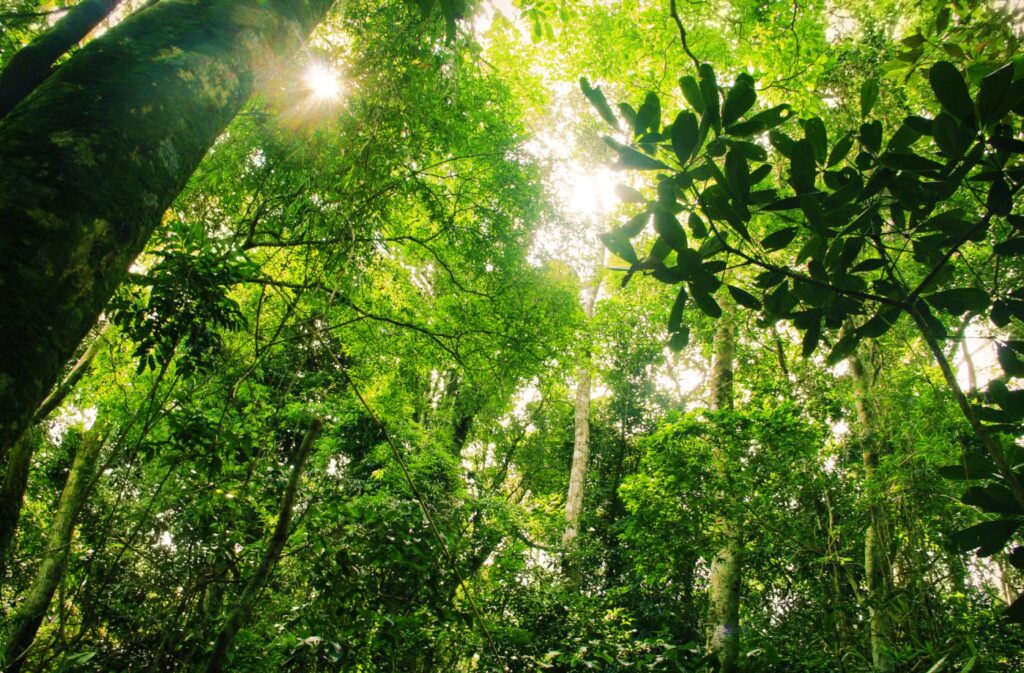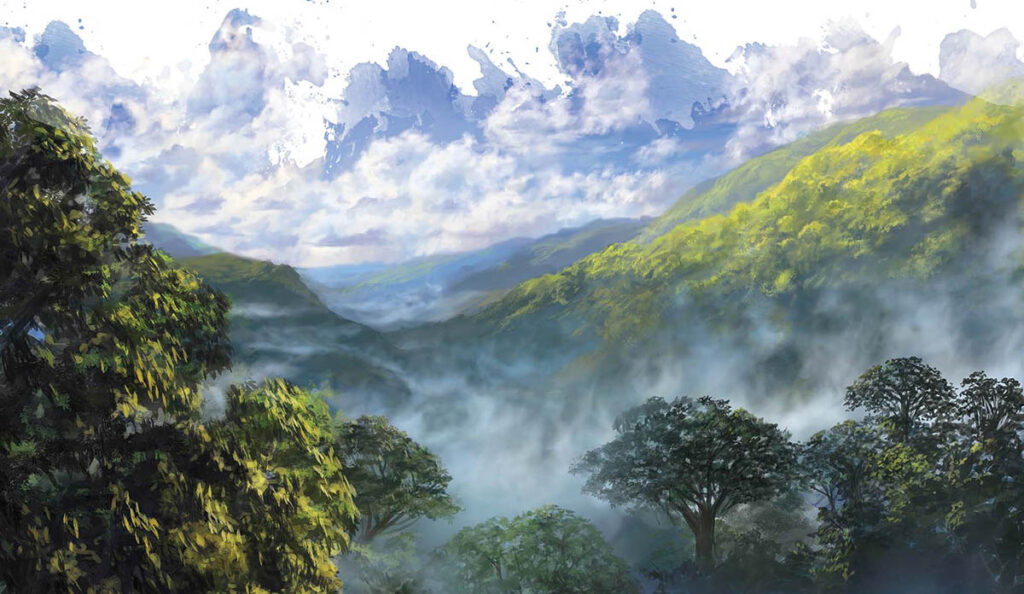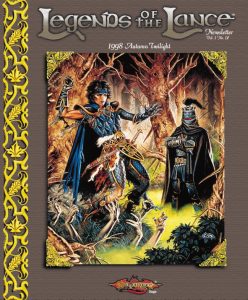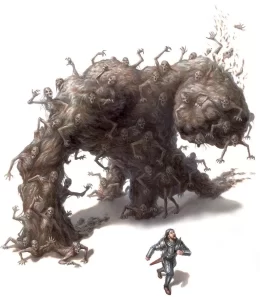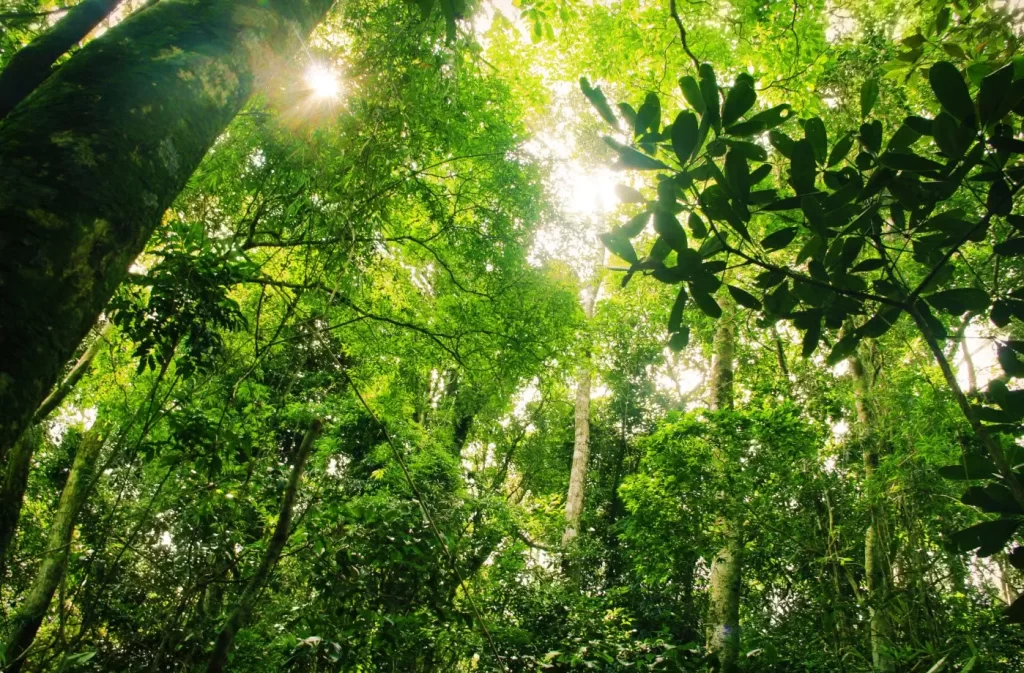
Where there's water and sun, there's vegetation. Where there's ample water and sun as well as warm weather, there's tropical forests. Tropical forests come in two main types: monsoon forests and rainforests. Once again, the amount of water the forest gets determines whether life in the forest has a cyclical nature like that of the savanna, or whether it is green all year round.
For plants, life in the jungle is about fighting for sunlight. Some of them grow high, while others cling to the larger trees to catch a ray of sunlight through its host's canopy. The forest floor has very little vegetation and seems almost barren, at least compared to temperate forests. The forest floor is not very fertile, as the trees use all available energy for new growth.
Jungles have several layers. The top layer is called the canopy. It gets the most sun, so trees here are the largest in the jungle. Vines and lianas grow around these massive trees, using their trunks to reach upward. The trees are also teeming with life: birds, small mammals and insects inhabit this layer. Some smaller humanoid creatures, such as sprites or goblins, may build their lairs here as well. Some of the trees grow much higher than others, but these extraordinarily high trees must be able to sustain strong winds and hot temperatures in their solitude. Since branches of the trees never touch, animals must jump or glide to get from one tree to another or use the lianas and vines that spread through the canopy.
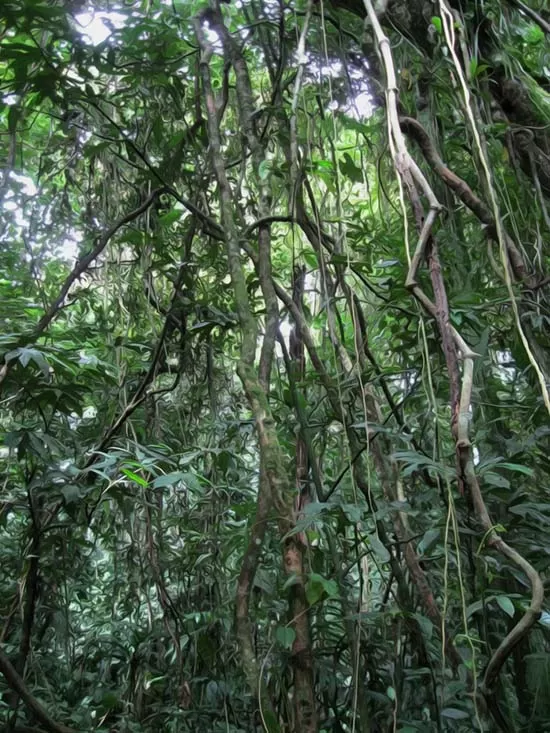
Below the canopy is the understory. Only a small amount of sunlight escapes through the canopy, so this area is already quite shaded. There are shrubs, vines, smaller trees, and other shade-tolerant plants here. They often have large leaves to gather as much sunlight as possible. Many beasts, such as panthers and apes, call this layer home.
At the bottom, sunlight barely breaches through. For the animals, the shade provides some comfort in the hot climate, but also a place to hunt or hide. The ground is covered in leaves, which are consumed quickly by insects and fungi. Larger beasts, such as (see blow) axe beaks, okapis, jungle rhinos (use giant boar), bongos (use deer) elephants, gorillas, tapirs, and pygmy hippos can move relatively unimpeded here. Creatures with sunlight sensitivity can often function almost normally here if they are careful.
For the plants, the jungle is a constant, slow battle for sunlight, where the situation can change rapidly. All trees fall one day and when a large tree comes crashing down, it creates an opening for new plants to conquer their spot in the sunlight. These openings are quickly filled with fast growing plants, creating an unusual thicket in the forest.
While it would seem that jungles are the epitome of verdant growth, they are in fact very fragile environments. Once the forest has been cleared, the forest floor regrows slowly, and below the thin layer of humus are tightly packed layers of unfertile red soil.
For humanoids, the jungle is a place where foraging and small gardens can produce more food than large scale farming. Slash-and-burn farming produces great yields, as long as the people make sure they don't drain the soil too much and give the forest enough time to recover, which may take decades.
